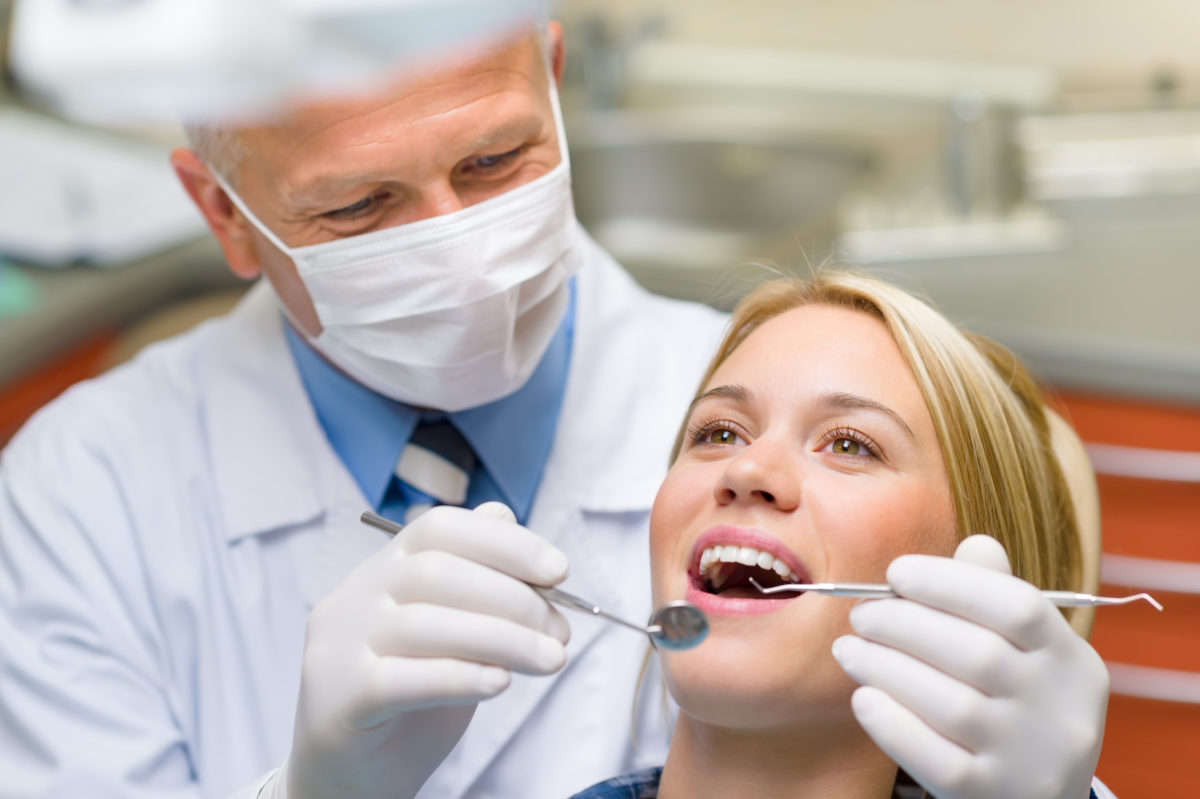Not known Incorrect Statements About Legacy Orthodontics
Not known Incorrect Statements About Legacy Orthodontics
Blog Article
Legacy Orthodontics Can Be Fun For Anyone
Table of ContentsLegacy Orthodontics Fundamentals ExplainedThe Main Principles Of Legacy Orthodontics The Only Guide for Legacy OrthodonticsThe Ultimate Guide To Legacy OrthodonticsThe 7-Second Trick For Legacy Orthodontics
At Advanced Orthodontics, we provide clients with a holistic therapy experience. Additionally, we offer flexible therapy schedules, versatile repayment choices and an enjoyable, pleasurable experience. leesburg orthodontics. Telephone call ( 480) 357-4900 today to learn more and timetable a visit.An orthodontist is a dental professional trained to identify, avoid, and deal with teeth and jaw abnormalities. They remedy existing problems and are educated to recognize issues that may develop in the future. Orthodontists deal with people of all ages, from children to grownups. Individuals typically link an excellent smile with healthiness.
Malocclusion, or misaligned teeth, can cause oral issues, consisting of dental caries, gum tissue disease, and tough or uncomfortable chewing. Not everyone is born with straight teeth. If you have a poor bite or huge spaces in between your teeth, you may want to get in touch with a dentist focusing on orthodontic care.
Our Legacy Orthodontics Statements
( Picture Debt: DigitalVision/Getty Images) Orthodontists utilize taken care of and removable oral devices, like braces, retainers, and bands, to transform the setting of teeth in your mouth. Orthodontic treatment is for oral irregularities, including: Uneven teethBite issues, like an overbite or an underbiteCrowded teeth or teeth that are as well much apartJaw misalignmentThe objective of orthodontic treatment is to boost your bite.
While you may assume of orthodontists as mostly for youngsters or young adults who need braces, they can correct dental problems at any type of age. Orthodontists participate in college, oral college, and orthodontic school.
, however not all dentists are orthodontists. They concentrate on 2 areas: Just how to properly and securely relocate teeth Exactly how to properly lead development in the teeth, jaw, and faceOnce an orthodontist has actually completed training, they have the option to become board licensed.
The Only Guide for Legacy Orthodontics
Malocclusion leads to tooth overcrowding, an irregular jaw, or uneven bite patterns. Malocclusion is generally treated with: Your orthodontist attaches steel, ceramic, or plastic square bonds to your teeth.
If you have only minor malocclusion, you might be able to utilize clear dental braces, called aligners, rather than traditional braces (https://pagespeed.web.dev/analysis/https-www-legacyortho-com/fjbdpbv998?form_factor=mobile). Some individuals need a headwear to help relocate teeth into line with stress from outside the mouth. After dental braces or aligners, you'll need to use a retainer. A retainer is a custom tool that maintains your teeth in position.
They're most often used on youngsters. They can develop added room in the mouth without having to pull teeth. If you have a major underbite or overbite, you might need orthognathic surgery (also called orthodontic surgical procedure) to extend or shorten your jaw. Orthodontists use wires, surgical screws, or plates to sustain your jaw bone.
You might need to see an orthodontist if you have: Crowding or otherwise enough room for every one of your teethOverbite, when your top teeth come by your bottom teethUnderbite, when your bottom teeth are as well much forwardSpacing or issues with gapsCrossbite, which is when your upper teeth fit behind your bottom teeth when your mouth is closedOpen bite or an upright space in between your front bottom and top teethMisplaced midline, when the center of your bottom and top teeth don't line up Dealing with a dental malocclusion can: Make attacking, chewing, and talking easierImprove the proportion of our face and your overall appearanceEase pain from temporomandibular joint problemsDifferent your teeth and make them much easier to clean up, helping stop dental cavity or dental caries It's frequently a dental expert that initially notices misaligned teeth throughout a regular exam.
Little Known Questions About Legacy Orthodontics.

During your very first orthodontic appointment, you'll likely have: An oral examPhotos taken of your face and smileDental X-raysPanoramic (360 degree) X-rays of your face click this link and headImpressions to produce molds of your teethThese examinations will certainly help your orthodontist recognize exactly how to continue with your therapy. braces. An orthodontist is a dental professional who's had training to treat your teeth and jaw
An orthodontist is concentrated on your bite, so something like a damaged tooth would be dealt with by a dental professional. Orthodontists are focused on your bite, or the method your teeth fit with each other, and the straightness of your teeth.
Ever asked yourself just how stars always seem to have flawlessly lined up teeth? Orthodontists are oral specialists who focus on remedying abnormalities in the teeth and jaws.
The Ultimate Guide To Legacy Orthodontics

While dental braces are the most commonly acknowledged orthodontic treatment, orthodontists have a diverse toolkit at their disposal. The details technique selected relies on the seriousness of the situation, the patient's age, and specific preferences. These reliable dental braces use a system of brackets bound to the teeth and attached by cords.
These detachable trays are custom-made to gradually shift the teeth's placement. In situations of narrow jaws, palatal expanders can be used to create space for correct tooth positioning.
Report this page